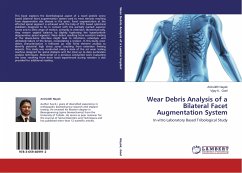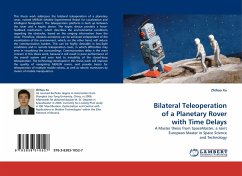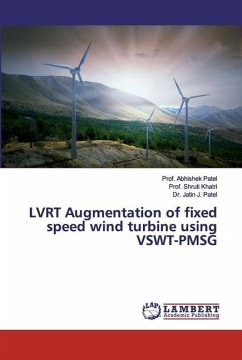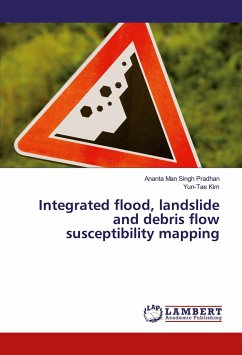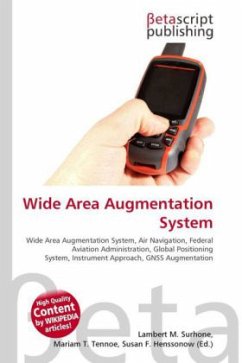This book explores the biotribological aspect of a novel pedicle screw based bilateral facet augmentation system used to treat stenosis resulting from degenerative disc disease in the spine. Facet augmentation at the affected spinal segment is achieved with the help of PCU based cylindrical stabilizers designed to be in contact with the partially reamed superior facets and to limit range of motion, primarily in extension. Biomechanically, they restore sagittal balance by slightly kyphosing the hyperlordotic degenerative spinal segment. Wear debris resulting from constant loading at the device-bone interface might lead to infections, osteolysis, and ultimately failure of the device, necessitating a revision. In this study, wear debris characterization is followed up with finite element analysis to identify potential high stress zones resulting from extension limiting impacts. This study was conducted using a state of the art wear testing machine designed for spinal implants and the most up to date particulate analysis techniques. Manuscript of a previous conducted work evaluating the wear resulting from shear loads experienced during rotation is also provided for additional reading.
Bitte wählen Sie Ihr Anliegen aus.
Rechnungen
Retourenschein anfordern
Bestellstatus
Storno

